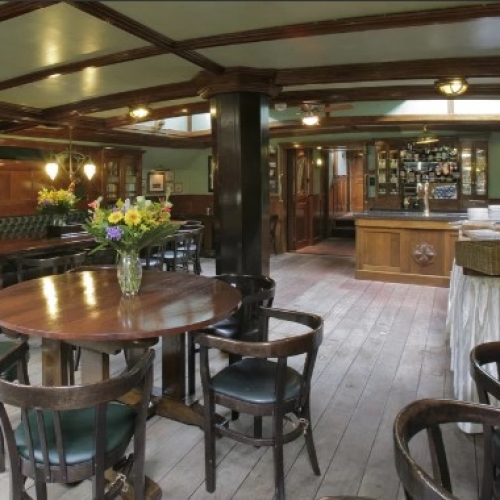Mangareva (FR) – Papeete (TA)
EMBARKATION DAY 08/07/2024 AT 17:00H
DISEMBARKATION DAY 22/07/2024 AT 09:00H
During this stage, we will discover the islands of French Polynesia and visit places where few tourists have been. Remote villages, coral reefs and pearly white sand beaches with coconut palms capture the imagination. The route from Gambier to Tahiti takes us alongside the Tuamotus. This archipelago used to be known as “the dangerous islands” because of the perilous navigation in this area of low-lying islands, extensive reefs and unpredictable currents. Much has been improved with modern navigational tools, but we still have to be very careful, because even modern sea charts are not always as accurate as they seem.
One of the first islands we encounter when leaving Mangareva is Mururoa. This island is famous for the French nuclear tests carried out between 1966 and 1996. It is still banned. A better place is Marutea Atoll, just north of Mangareva. From this point a whole chain of atolls stretches off to the northwest. Some are inhabited, some are not. Depending on the weather conditions, we will make another stop at one of these places. Fakarava is at the end of the chain. This atoll has a large lagoon where we can anchor and very good diving spots. Here we will make our last stop before setting sail and sailing the last leg to Tahiti. On Tahiti itself there are picturesque beaches to explore and a lush, mountainous interior.
Before and after your leg of the journey
We strongly recommend that you book a few days’ accommodation in the port of embarkation (before you join the Oosterschelde), and a few days in the port of disembarkation (once your place on the voyage has been taken). This will allow you to recuperate before and after your adventure and give you the opportunity to explore places at your departure and arrival points.
Level 2
Level 2 trips are suitable for anyone with good health and a reasonable level of fitness, with no mobility problems. On these voyages, you can expect days with strong winds or high waves, but most of the time conditions will be good. There is not always a harbour nearby and therefore (medical) help from land is not always available.
OOSTERSCHELDE wants to be accessible to the widest possible public, but you should be aware that you are making a trip on board a sailing yacht. This demands more of your physical abilities than a daily walk. One trip is more demanding than another. With the different levels we provide an indication of what kind of trip it is. If you are unsure whether a trip is suitable for you, it is important that you contact Tall Ship Experience for advice.
RECOMMENDATIONS
Small backpack that does not take up too much space in the cabin.
On deck we recommend shoes with slightly rough and preferably soft soles.
On land we recommend firm, waterproof hiking boots.
Valid passport
Sunglasses and sun cream
Binoculars for spotting all kinds of water creatures.
Waterproof clothing
Camera and video camera to remember your trip forever!
- Date of embarkation: 08/07/2024
- Port of embarkation: Mangareva (FR)
- Date of disembarkation: 22/07/2024
- Port of disembarkation: Papeete (TA)
- Distance: 4250 nautical miles
Availability: Only 4 places are available
Oosterschelde

The three-masted schooner “Oosterschelde” was built in 1918 as a sailing cargo ship. The ship plied European waters and was frequently seen off the coasts of Morocco and the Mediterranean. In 1930, heavier and more modern diesel engines were installed and the rigging was reduced. From 1939 onwards, the ship sailed under a foreign flag and in 1950 underwent a drastic conversion into a modern coastal vessel. In 1988, the “Oosterschelde” was returned to the Netherlands. The Rotterdam Sailing Ships Foundation took over the fundraising necessary to finance the restoration of the ship to its original condition. The “Oosterschelde” is now the only remaining representative of a large fleet of schooners that sailed under the Dutch flag at the beginning of the last century. It is registered as a monument by the Dutch Ministry of Culture. The “Oosterschelde” is autonomous and is used in domestic and foreign ports for presentation and promotion activities. domestic and foreign ports for presentation activities and by companies and other organisations. In 1998, the “Oosterschelde” completed a one and a half year voyage around the world. The ship sailed to Antarctica, the Falklands and South Georgia.
Journey details
What is included
- Navigation
- Necessary basic training and workshops
- Bunk bed with sheets and towel.
- Breakfast, lunch and dinner corresponding to the sailing.
What it does not include
- Transportation to and from the boat is at the expense of each person.



Book now and don't miss out on your place
Availability: Only 4 places are available










